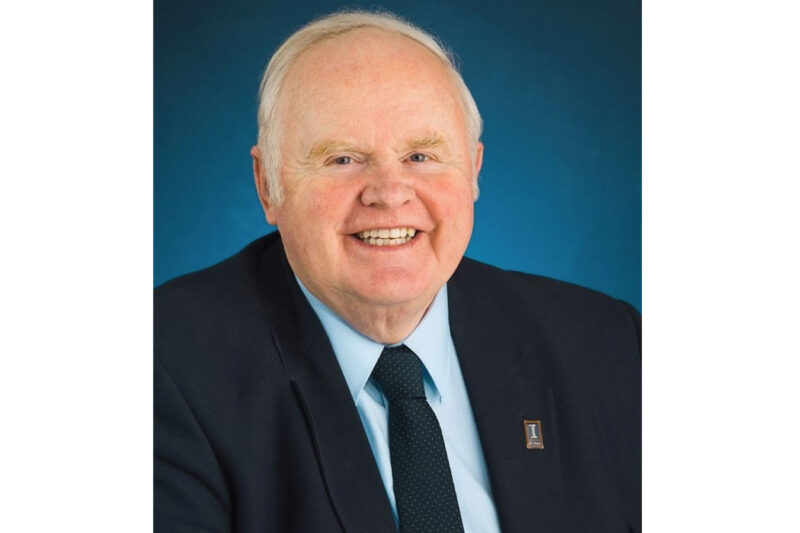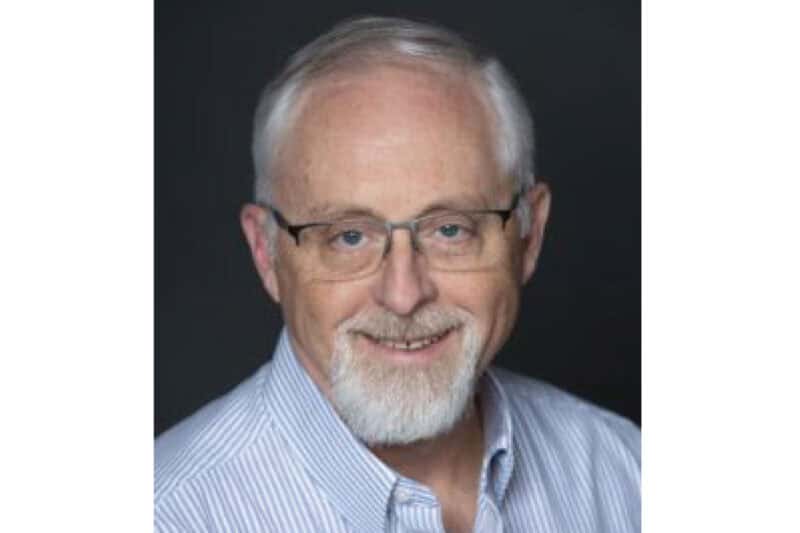This episode “How the US Fits Into Global Dairy Developments” was recorded in Reno, Nevada, during the 2025 Western Dairy Management Conference.
Episode 152: Understanding How the US Fits Into Global Dairy Developments
Timestamps:
Dr. Hemme begins with a demonstration of three different-sized glasses of milk representing the daily average dairy consumption in China, Europe, and the world as a whole. He explains that when you make predictions, it’s good to identify the two main drivers of uncertainty in your industry. In the case of dairy, he cites whether or not people like dairy and whether or not they can afford it. He goes on to describe the four scenarios that can be created from those main drivers: people like dairy and can afford it, people don’t like dairy but could afford it, people like dairy but can’t afford it, and people don’t like dairy and can’t afford it. (4:05)
Walt asks Dr. Hemme to give some perspective on what makes a country a reliable exporter built for the global economy. He gives a unique example of how American football versus soccer compares to exporting dairy from the US to the global market. Matt chimes in with his perspective on how DFA is positioning the industry for exports. He notes that we live in the world of VUCA – volatility, uncertainty, complexity, and ambiguity – and that we have a lot of VUCA happening in the US right now. In general, he’s very bullish on our natural resources, management skills, and technical capability in the US dairy industry. (10:17)
The panel discusses who in the world is going to be able to meet the building demand for dairy products, and what the US might need to do to be a major player – in essence, moving from playing football to playing soccer. Dr. Hemme gives culture, policy, and relationship building as potential challenges for the US. (16:37)
Matt is encouraged by the new investments in processing plants in the US and looks for a “build it and we will grow into it” scenario as we move forward. Dr. Hemme agrees that the processors are on board. But he wonders about the dairy farm side – no growth in cow numbers, not much growth in production, and breeding so many cows with beef semen makes him think the US is not believing in a growing dairy industry. He also talks about changing interest rates over time and impact on capital management. (25:50) The panel discusses the US milk price compared to the world milk price, the cost of production, and exchange rates. (29:45)
Matt gives some perspective on beef-on-dairy. As the beef cycle levels back out and more beef heifers are retained, he forecasts fewer dairy cows being bred to beef semen and an increase in the supply and retention of dairy heifers. (34:31)
Dr. Hemme talks about dairy demand and global population growth trends and predictions. (39:38)
Panelists share their take-home thoughts. (42:02)
Please subscribe and share with your industry friends to invite more people to join us at the Real Science Exchange virtual pub table.
If you want one of our Real Science Exchange t-shirts, screenshot your rating, review, or subscription, and email a picture to anh.marketing@balchem.com. Include your size and mailing address, and we’ll mail you a shirt.



